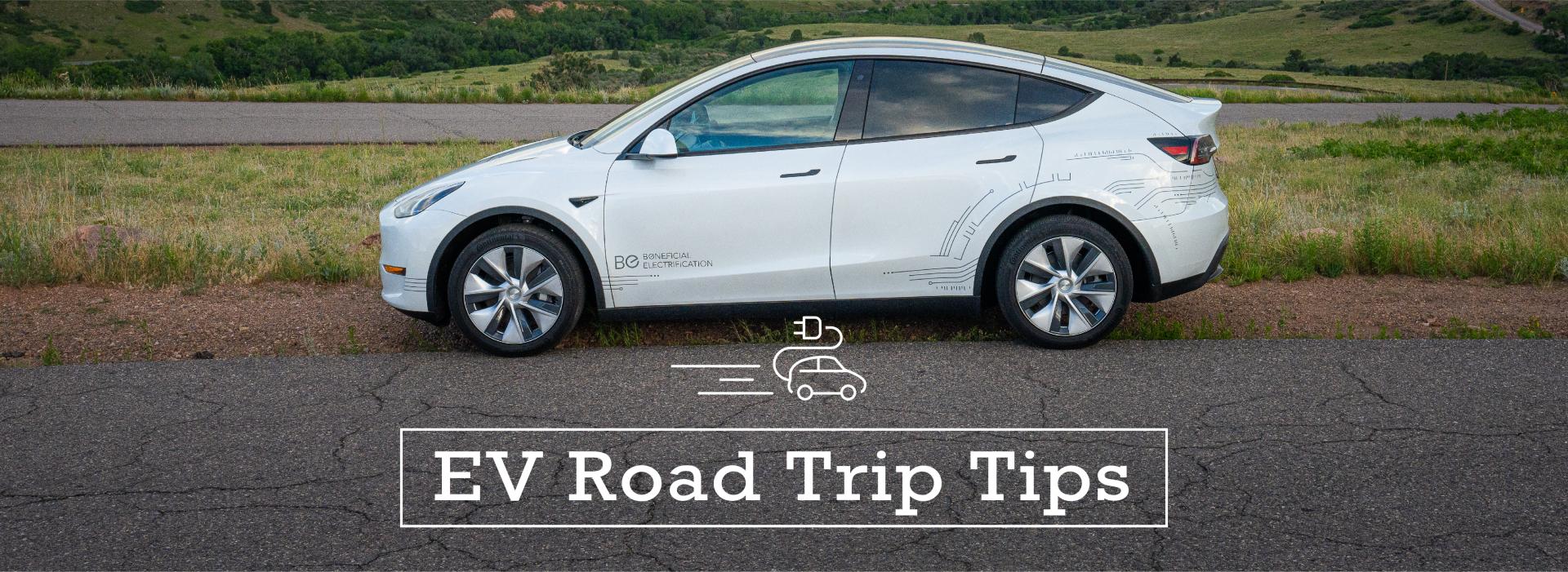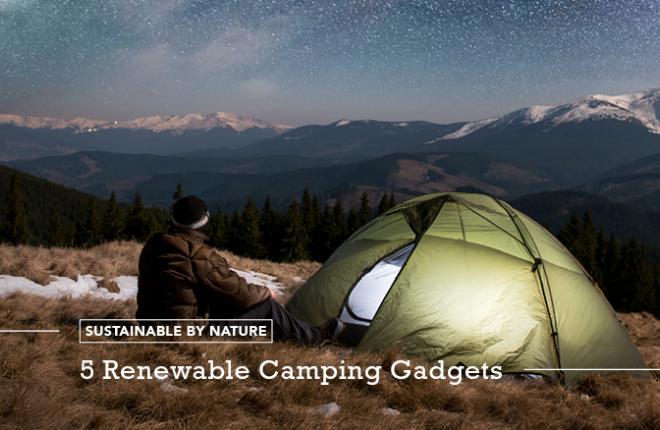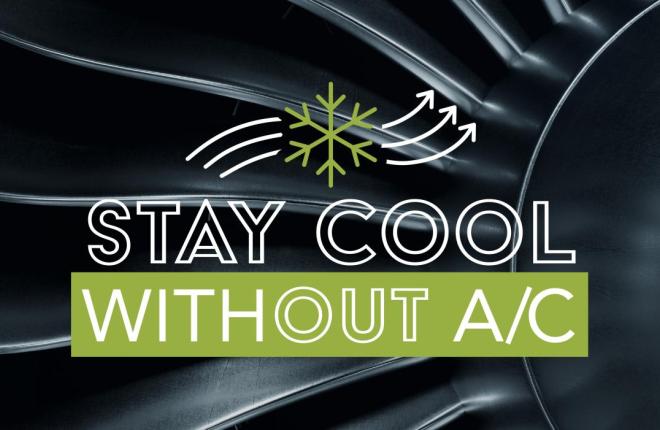
3/12/2021
Spring Road Trip Tips in Your EV
With winter coming to a close and spring on the horizon, many are getting into a vacation state of mind. The last year has had most of us homebound with shutdowns, devoid of most travel. With progress in Covid vaccinations and spring around the corner, many are taking their adventures on the road. And for some road trippers, that means a decked-out van or an electric car.
If you are the proud owner of an electric vehicle, you may be thinking about what options are available in your EV. Whether you’re going on a quick weekend road trip to the nearest river or lake, or a long, multi-state journey, here’s how to plan ahead in your electric vehicle to have a safe, memorable road trip.
Can You Take a Long Road Trip in an Electric Vehicle?
Yes, you absolutely can take a long road trip in your electric vehicle. With a surge in new EVs, many now have a range of over 200 miles between charging with a majority of the recently introduced EVs traveling between 200 and 300 miles on a charge. With that kind of range, it is very possible to travel throughout our members’ vast service territories.
For example, you can travel between the resort towns of Crested Butte and Durango, Colo., or across Wyoming from the edge of Yellowstone National Park near Basin to the Hot Springs of Saratoga, without having to stop for a recharge. Or, across New Mexico from the beautiful mountain town of Cloudcroft to Springer, N.M., near where Tri-State has a 30-megawatt solar project if you’re in the new Tesla Model X.
The abundance of electric charging stations nationwide has also increased with EV charging stations being implemented even in rural communities.
How Far Before I Need to Recharge my EV?
Every electric vehicle is different, so you’ll want to make sure you know your EV’s range before heading out. The average EV model can go about 150-200 miles before you’ll need to recharge the battery, one exception is the Tesla Model S, which can travel about 400+ miles on a single charge. The more moderately priced Chevy Bolt claims 259 miles of range per charge.
For reference, here are a few examples of 2021 EV models with their ranges:
-
Jaguar I-Pace = 234 miles
-
Audi e-tron = 222 miles
-
Porsche Taycan = 222 miles
-
Volvo XC40 Recharge = 208 miles
-
Polestar 2 = 233 miles
-
Tesla Model X = 328
-
Tesla Model Y = 326
-
Volkswagen ID.4 = 250 miles
Planning Your Route in an Electric Car
Once you decide on where you’re going, you’ll want to plan your route with hotels and charging stations. Know your EV range and decide when and where you’ll stop along the way. Confirm that your charging stations or hotels are working properly, open, and available before you go. Have a backup plan if you can! Stay on the main routes to ensure there are plenty of charging options and hotels.
Taking an electric vehicle on the road for long periods of time does come with its own challenges in having to stop to recharge, but if you’re using a DC Fast Charger you will be able to charge up to 80% or more by the time you grab something to eat.
Finding Charging Stations Along the Way
Rest assured that there will be electric charging stations on your route, as long as you plan your trip in advance. There are more charging stations set up now than ever before. In fact, the number of publicly accessible charging stations in the US has reached 46,867, up from 22,000 in 2019 according to the Alternative Fuel Data Center.
Many major businesses, gas stations, hotels, shops, and restaurants also offer recharging stations. Check out handy apps such as PlugShare to find nearby charging stations, or search for electric charging stations near you.
If you are a Tesla owner, you simply have to put your destination into the on-board navigation system. The entire route will be at your finger-tips including Supercharge locations and real-time availability, your estimated arrival & departure times, and turn-by-turn directions. Supercharger sessions are typically 30-45 minutes even at the lower 120 kW stations throughout some of the most scenic areas in the United States.
Similarly, the FordPass™ Charging Network provides access to over 16,000 charging stations, including DC fast chargers. Consider the “A Better Route Planner” app on your mobile device. ABRP is one of the most popular route planner tools available today.
5 Tips to Prepare You For a Road Trip in Your Electric Car
-
Plan your trip to a city or destination where there are abundant amenities and charging stations. Heading to remote locations or small towns can be an adventure, but remote may mean fewer resources (and charging stations) available to you. Note- upstart EV manufacturer, Rivian is marketing their RT-1 and RS-1 as go-anywhere vehicles for the outdoor adventurers and is planning for a charging network that will include popular parks and recreation areas across the U.S.
-
Plan your trip in advance using trip planner apps specifically designed for electric vehicles. Carefully planning your routes will ensure a safe and successful road-trip. Mapping tools like Google Maps and PlugShare EV Trip Planner can help you find charging stations along your route. When possible, stop in areas where there is more than one charging station and other amenities in accord with your dining and rest facility needs.
-
Drive the posted speed limit. Electric cars are fast and quiet which means it’s really easy to exceed the posted speed limit. Similar to traditional ICE vehicles, EVs’ energy consumption is higher at higher vehicle speeds.
-
Have roadside assistance. As with any road trip, EV or gas-powered, sign up for AAA or check with your insurance provider before you leave to make sure you have roadside assistance.
-
Pack a road trip safety kit with you that includes water, a blanket, road flares, and snacks in your car with you. Additional safety gadgets like a portable solar panel and a Garmin InReach GPS device with built-in Bluetooth will come in handy if you’re planning to go off-grid.
Where to Go in the Tri-State Member Area
Whether you’re heading to a lake retreat destination, a mountain resort, a quaint town, or a big city getaway, our member territory has something to offer everyone.
Durango, CO - Situated in Southwest Colorado, Durango is one of the state’s best-kept secrets. Surrounded by diverse and dramatic landscapes, from the Animas River Valley’s sandstone bluffs to the San Juan Mountains’ jagged peaks, Durango offers unparalleled access to the great outdoors, authentic Western heritage and culture, and a historic, walkable downtown full of hip shops, unique eateries, and a dynamic art scene. Find EV charging stations in Durango
Elephant Butte, NM - The City of Elephant Butte is home to the largest lake in the state and also The Sierra Del Rio Golf Course. Elephant Butte is a premier destination for recreational boating in the beautiful state of New Mexico. Find EV charging stations in Elephant Butte
Saratoga, WY - Saratoga is a popular destination spot for hot springs, hunters, birdwatchers, fishermen, and shoppers. Find EV charging stations around Saratoga, WY
Scotts Bluff, NE - If you’re more interested in getting close to nature, Chimney Rock and Scotts Bluff National Monument are within 30 minutes of each other in the southwestern region of Nebraska and offer wonderful camping options. Take a day to stop by the Riverside Discovery Center. Find EV charging stations around Scotts Bluff.
Electrify and Save™
--
About Tri-State
Tri-State is a power supply cooperative, operating on a not-for-profit basis, serving electric distribution cooperatives and public power district member-owners in four states. Together with our members, we deliver reliable, affordable and responsible power to more than a million electricity consumers across nearly 200,000 square miles of the West. Visit www.tristate.coop.
Blog Posts

Van Life: How to Make Your Van More Efficient

10 Easy Ways for Kids to Conserve Energy at Home and School

Important Summer Storm Safety Tips

How to Safely Power Your Home Workouts

The Best Solar Camping Gadgets for Summer

Important Generator Safety Tips

4 Electrical Safety Tips Every Kid Should Know

How to Cool Your Home Without Central Air Conditioning

